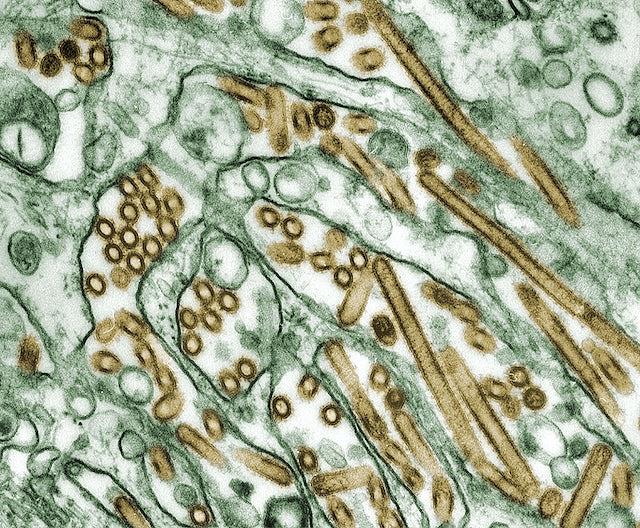-
-
Preventing the Next Pandemic
-
-
-
Lecture II.
-
-
-
Background
-
-
3.1 Background » Pandemic or epidemic?
Infectuous diseases lurk in our communities all the time, but at such small numbers of infected individuals that we barely notice them. At certain times, the prevalence of a disease jumps above the usual level - giving rise to an outbreak. For example, seasonal influenza experiences outbreaks in winter, and chicken pox seems to be more common in spring. When an outbreak extends across a broad geographic area to infect a large number of people, it becomes an epidemic. When an epidemic crosses continents and infects even larger numbers of people, it becomes a pandemic. The distinction between an epidemic and a pandemic isn't definite: there is no magic number of countries, continents, or people that mark the transition in nomenclature. The extensive cross-country and intercontinental travel that marks our current global economy provides conduits for pandemics, just as the medieval Silk Road trading routes enabled the spread of the bubonic plague.
The means of spread are not the only ingredient for epidemics and pandemics. Disease outbreaks on such a scale also need hosts: people who are susceptible to the disease. Vaccines, for instance, reduce or eliminate the number of available hosts by providing immunity, as does naturally acquired immunity from a prior infection with the same or similar disease. A person's genetics and other health factors may also influence their susceptibility to a disease-causing pathogen.
When an epidemic or a pandemic occurs, two factors have usually converged: (1) the pathogen is "new" or different so has escaped immunity in the population; and (2) many susceptible hosts are exposed in a short amount of time.

